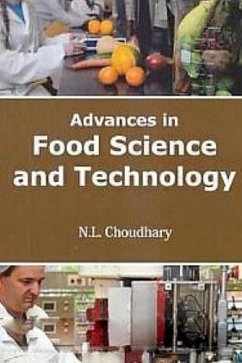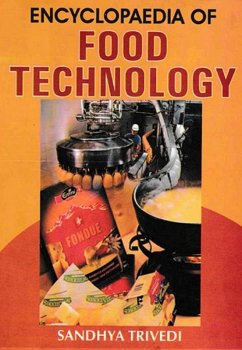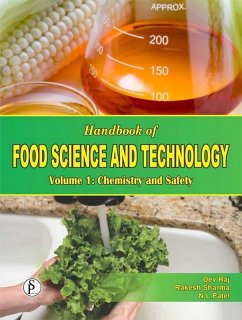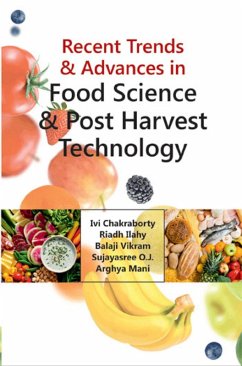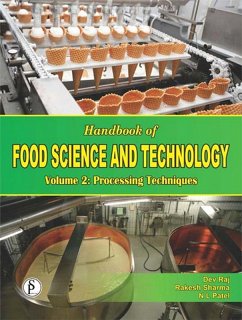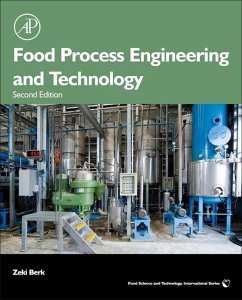
Food Science Research and Technology (eBook, ePUB)

PAYBACK Punkte
115 °P sammeln!
Food biotechnology is a branch of food science in which modern biotechnological techniques are applied to improve food production or food itself. Different biotechnological processes used to create and improve new food and beverage products include industrial fermentation, plant cultures, and genetic engineering. The use of food biotechnology dates back to thousands of years ago to the time of the Sumerians and Babylonians. These groups of people used yeast to make fermented beverages such as beer. The use of plant enzymes such as malts were also used millennia ago, before there was even an un...
Food biotechnology is a branch of food science in which modern biotechnological techniques are applied to improve food production or food itself. Different biotechnological processes used to create and improve new food and beverage products include industrial fermentation, plant cultures, and genetic engineering. The use of food biotechnology dates back to thousands of years ago to the time of the Sumerians and Babylonians. These groups of people used yeast to make fermented beverages such as beer. The use of plant enzymes such as malts were also used millennia ago, before there was even an understanding of enzymes. Further advancement in food biotechnology occurred with the invention of the microscope by Anton van Leeuwenhoek, which allowed humans to discover microorganisms that would be used in food production. Food biotechnology was advanced in 1871 when Louis Pasteur discovered that heating juices to a certain temperature would kill off bad bacteria, affecting wine and fermentation. This process was applied to milk processing, heating milk to a certain temperature to improve food hygiene. This important book presents a broad selection of new research in food science and reflects the diversity of recent advances in the field.
Dieser Download kann aus rechtlichen Gründen nur mit Rechnungsadresse in A, B, BG, CY, CZ, D, DK, EW, E, FIN, F, GR, HR, H, IRL, I, LT, L, LR, M, NL, PL, P, R, S, SLO, SK ausgeliefert werden.




